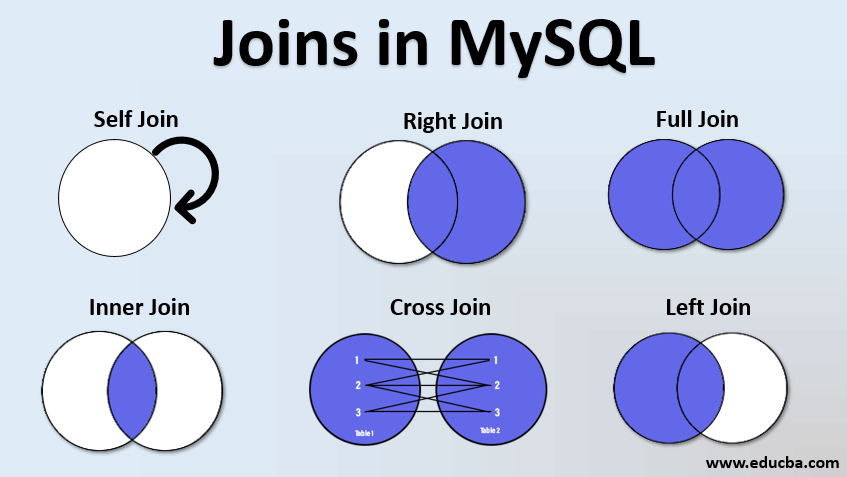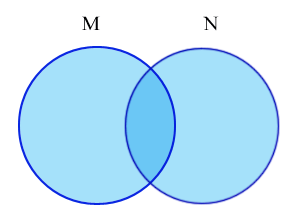
The following picture illustrates the difference between UNION and JOIN: MySQL UNION and column alias examples JOINĪ JOIN combines result sets horizontally, a UNION appends result set vertically.
Mysql union different column types code#
UNION ALL SELECT id FROM t2 Code language: SQL (Structured Query Language) ( sql ) + -+Ħ rows in set ( 0.00 sec) Code language: SQL (Structured Query Language) ( sql )Īs you can see, the duplicates appear in the combined result set because of the UNION ALL operation. Because UNION ALL does not need to handle duplicates, it performs faster than UNION DISTINCT . If you use the UNION ALL explicitly, the duplicate rows, if available, remain in the result. The following Venn diagram illustrates the union of two result sets that come from t1 and t2 tables: The final result set contains the distinct values from separate result sets returned by the queries: + -+Ĥ rows in set ( 0.00 sec) Code language: SQL (Structured Query Language) ( sql )īecause the rows with value 2 and 3 are duplicates, the UNION removed them and kept only unique values. UNION SELECT id FROM t2 Code language: SQL (Structured Query Language) ( sql ) The following statement combines result sets returned from t1 and t2 tables: SELECT id FROM t1

INSERT INTO t2 VALUES ( 2),( 3),( 4) Code language: SQL (Structured Query Language) ( sql ) Let’s see the following sample tables: t1 and t2: DROP TABLE IF EXISTS t1

First, the number and the orders of columns that appear in all SELECT statements must be the same.

To combine result set of two or more queries using the UNION operator, these are the basic rules that you must follow: Code language: SQL (Structured Query Language) ( sql ) The following illustrates the syntax of the UNION operator: SELECT column_list MySQL UNION operator allows you to combine two or more result sets of queries into a single result set.
Mysql union different column types how to#
Summary : in this tutorial, you will learn how to use MySQL UNION operator to combine two or more result sets from multiple SELECT statements into a single result set. |Date | New Name1 | New Name2 | NEW Name3 = | OLD Name4 = | OLD NameN | Means the new created table should be a merged result of multiple tables based on their column name, containing all the data from same columns name and results come from the names of corresponding columns that not have the same names. OLD Name3 = NEW Name3) the columns are United in the merged table the columns that some table does not have are put into column list in merged table. The columns of different tables are compared – if I can get them to match with the same name across multiple tables ordered by Initial Table (e.g. |Date | New Name1 | New Name2 | NEW Name3 | NEW Name4 | New NameN |

|Date | New Name1 | New Name2 | NEW Name3 | OLD Name4 | New NameN | |Date | New Name1 | New Name2 | OLD Name3 | New NameN | I want to use a Union query to multiple tables (base on column names) where we compare a one tables column name with another table (OLD and New column Names are compared in the initial table). Most tables follow the same column names, but some tables don't have that column or their Names were changed. I am trying to merge multiple tables, with a range of dates, together into one table.


 0 kommentar(er)
0 kommentar(er)
